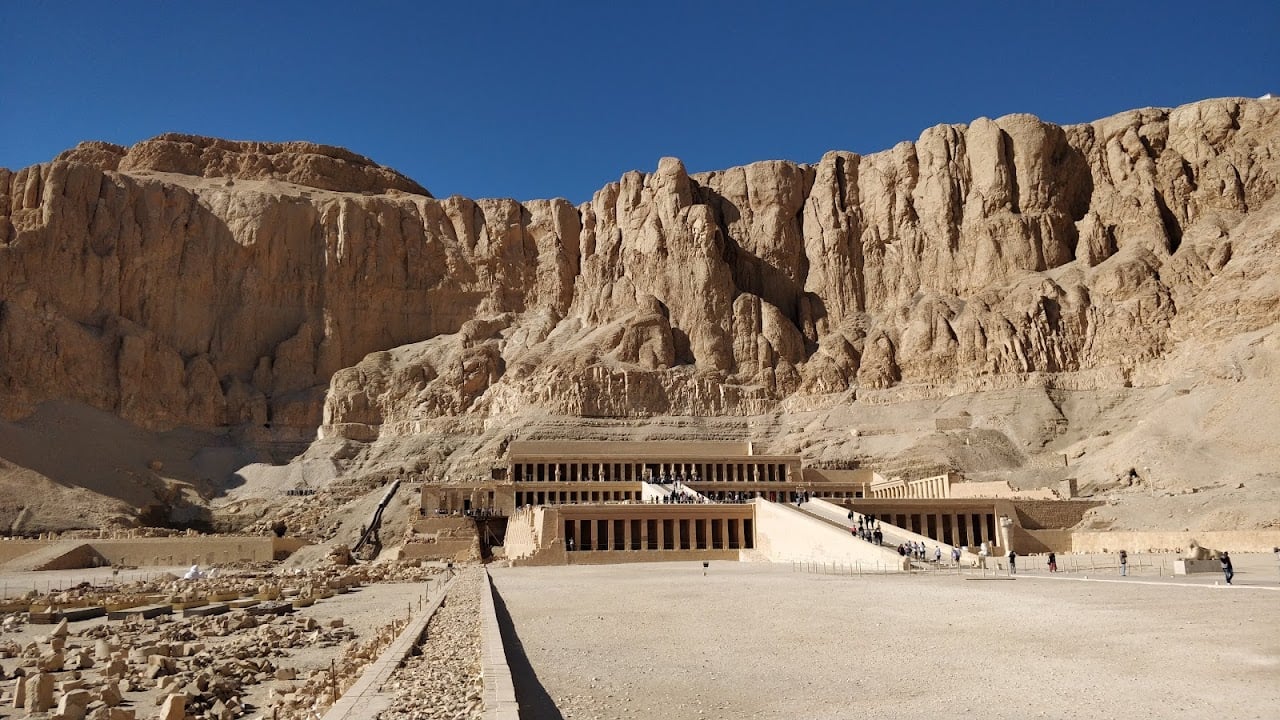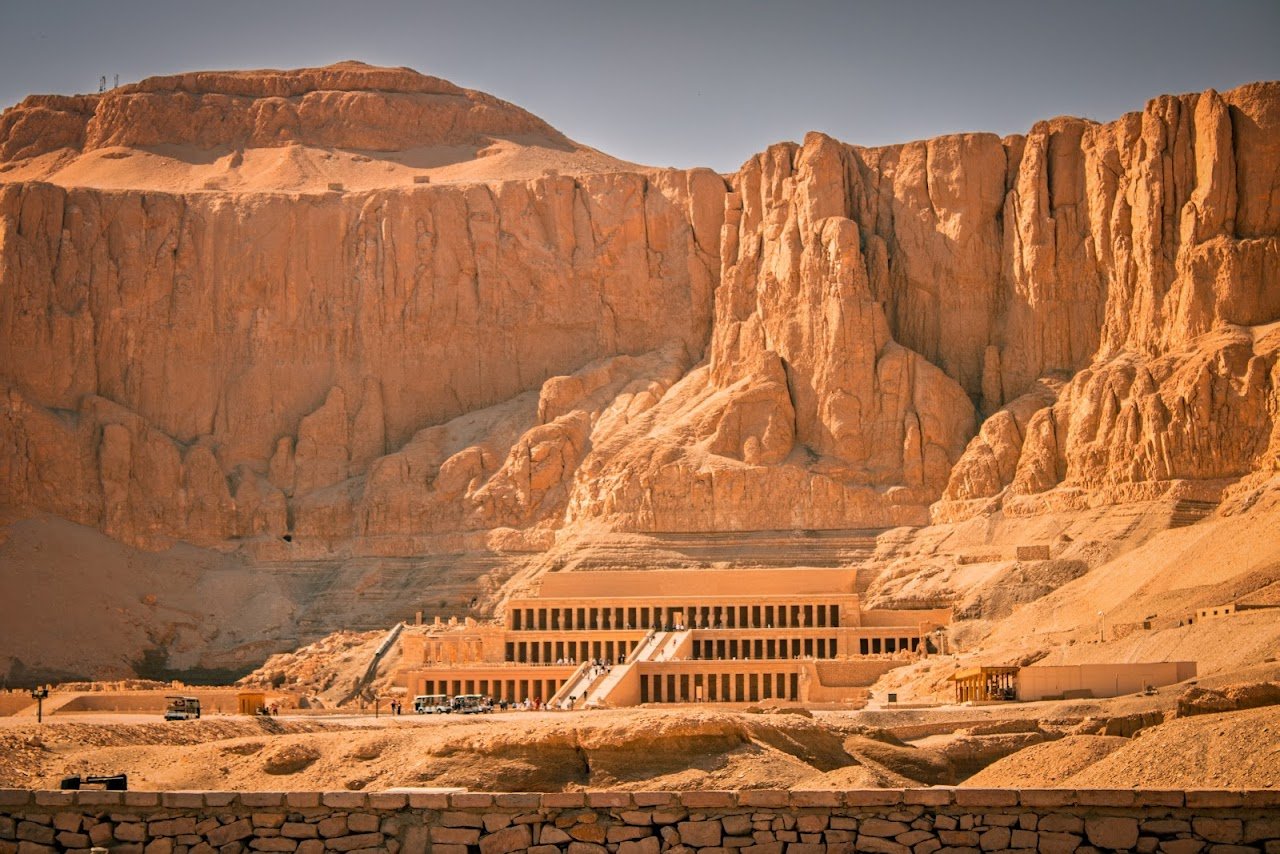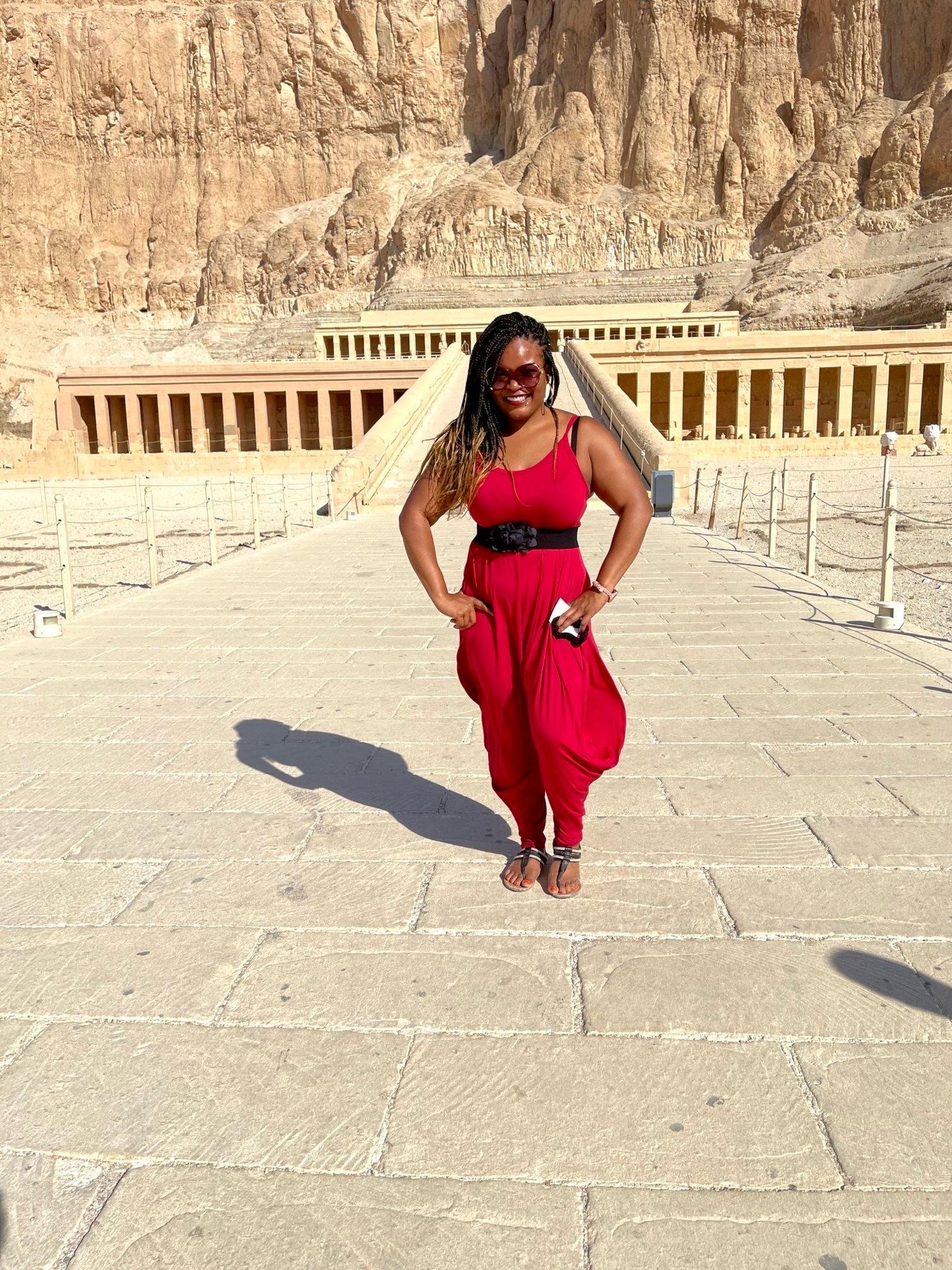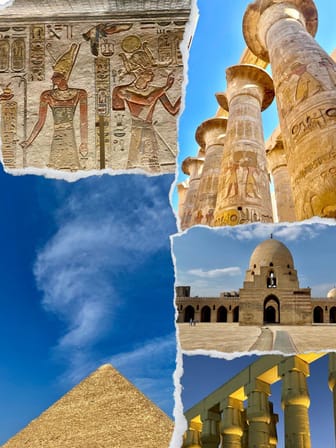Mortuary Temple of Hatshepsut





Ask ThatchGPT
Suggest a local expert to plan my trip
Suggest an unique itinerary for my Luxor trip
What foods do Luxor locals eat
What are some true hidden gems in Luxor
Help me brainstorm trip ideas for Luxor
Help me plan a family-friendly trip to Luxor
What people say
Leo Scarton
Available for hire
"The Mortuary Temple of Hatshepsut is a remarkable testament to the innovative architectural designs of ancient Egypt. Built during the 15th century BCE, this mortuary temple served as a funerary monument for Queen Hatshepsut, one of Egypt's most powerful female pharaohs.
Approaching the temple, you're greeted by a series of imposing terraces and colonnades, seamlessly integrated into the natural rock formations. The architecture reflects a harmonious blend of classical Egyptian style with innovative elements, including the use of colonnaded terraces and ramps.
Fun Fact: Queen Hatshepsut, known for her unique and often controversial reign, portrayed herself in male attire and took on the titles and regalia of a pharaoh. Her mortuary temple reflects this unconventional approach, showcasing her as a divine ruler alongside the traditional imagery of Egyptian temples.
The temple is organized into three terraced levels, each adorned with impressive colonnades and statues. The lower terrace features colonnades with statues of Osiris, the god of the afterlife, while the middle terrace is graced by statues of the queen herself. The upper terrace holds the main sanctuary and chapels dedicated to various deities.
As you ascend the terraces, you'll encounter detailed reliefs and inscriptions narrating the divine birth and reign of Hatshepsut. The Hathor Chapel, dedicated to the goddess of joy and motherhood, adds a touch of feminine symbolism to the grandeur of the temple.
The Mortuary Temple of Hatshepsut also houses a renowned series of reliefs known as the "Punt Reliefs." These carvings depict a trading expedition to the land of Punt, showcasing exotic flora, fauna, and the diverse cultures encountered by the ancient Egyptians.
In modern times, the Mortuary Temple of Hatshepsut remains an iconic archaeological site, drawing visitors from around the world. The sheer scale and artistic finesse of the temple provide a glimpse into the wealth, power, and cultural sophistication of ancient Egypt during Hatshepsut's reign."
Read more in:
Tomeka H
"
The Mortuary Temple of Hatshepsut, located near Luxor, Egypt, is an architectural masterpiece dating back to the 15th century BCE. Built during the reign of Queen Hatshepsut, one of Egypt's few female pharaohs, this temple served as a funerary monument dedicated to both the queen and the sun god Amun-Ra. Its design, with terraces carved into the cliffs of Deir el-Bahari, is a testament to ancient Egyptian engineering and artistic prowess. Despite attempts to erase her legacy, Queen Hatshepsut's temple remains a symbol of her reign and influence.
To reach the Mortuary Temple of Hatshepsut locally, visitors typically travel from Luxor, which is approximately 9 kilometers away. The most common mode of transportation is by car or taxi, readily available in Luxor. The temple is easily accessible by road, with clear signage directing visitors to its location. Additionally, guided tours from Luxor often include transportation to the temple as part of their itinerary. Upon arrival, visitors can explore the temple's impressive architecture, adorned with intricate reliefs depicting scenes from Queen Hatshepsut's life and reign, offering a captivating glimpse into ancient Egyptian history and culture."
Read more in:
Nardine Mettry
"Built for Queen Hatshepsut - the daughter of a powerful God.
She ruled for around 2 decades in the image of a man as Egyptians didn't allow women to rule the country."
Read more in:
Mentioned in these guides
About Mortuary Temple of Hatshepsut
Get the inside scoop on Mortuary Temple of Hatshepsut from local experts, travel creators, and tastemakers. Browse genuine trip notes, Mortuary Temple of Hatshepsut reviews, photos, travel guides, and itineraries from real travelers and plan your trip with confidence.
Save this spot for later or start mapping out a new trip today
Try our AI Travel Assistant and get instant answers to any questions about your trip.
Ask ThatchGPT


